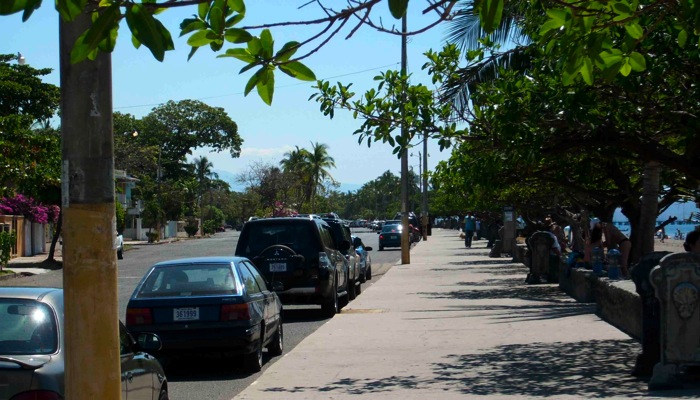
Global warming
As we left Puntarenas yesterday, I pointed the city to the boys: Even though it’s not an attractive town, take a good look at it because it’ll probably disappear within your lifetime. An optimistic projection is that 60% of Puntarenas will be under water by the end of the century; more negative scenarios have 90% of the city under water, 100% of it during high tide. Puntarenas, a sand bar several kilometers long, only a few hundred meters wide, and merely two meters above sea level at its highest point, has escaped flooding from tsunamis, hurricanes, and earthquakes in the past thanks to its protected geographical location in the Nicoya Gulf. It won’t escape, however, the effect of rising sea levels caused by global warming. Scientists have been warning about that for a long time, IMI (the national meteorological institute) stated it as a fact in 2001, and Costa Ricans utter it with assurance when mentioning Puntarenas: it’ll be flooded in 60 years, maybe sooner. It’s easy to believe it as one leaves the city; at one point, one sees from left to right, the estuary, one row of houses, the road, abandoned railroad tracks, and the ocean, at a physically impossible higher height than the road. Nevertheless, at least one apartment building was under construction in the middle of this densely populated sand bar. How can people continue building here? How come its residents seem so calm and happy? Is sixty years too far off into the future to do something now?
Monday, March 23, 2009